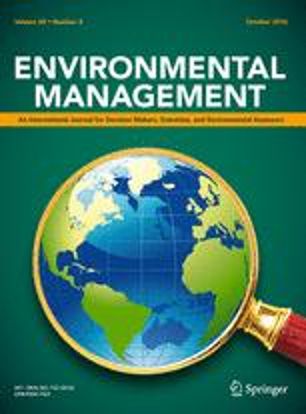The scientific community is progressing in its efforts to organize development of the Sixth Assessment Report (AR6) of theIntergovernmental Panel on Climate Change (IPCC; www.ipcc.ch), a United Nations body with 195 member countries. Will this process andoutcome be of any relevance to sustainable development in mountains Yes, if sufficient researchers and development specialists with expertisein mountains are able to make their voices and messages heard for the AR6. Efforts started in December 2015 already, when an internationalconsortium under the lead of Switzerland submitted a proposal for a Special Report on Climate Change and Mountains to the IPCC.Regrettably this proposal was not accepted, but continued efforts led to one chapter on ‘‘High Mountains’’ being included in the line-up of theSpecial Report on the Ocean and Cryosphere in a Changing Climate (SROCC). A call for nominations of scientists wasdisseminated by mountain networks—eg the Mountain Research Initiative (MRI)—in order not to miss the opportunity to ensure thatmountains and mountain people are duly taken into account in all 3 special reports for the IPCC: the Special Report on GlobalWarming of 1.58C (SR1.5), the Special Report on the Ocean and Cryosphere in a Changing Climate (SROCC), and the SpecialReport on Climate Change and Land (SRCCL). Indeed, mountain concerns and realities are relevant to the issues addressed in all 3reports. But what kind of knowledge should be reviewed and fed into the 3 special reports, at what scale, from what perspective, and with whatkind of orientation We hope that articles published in MRD will be taken into account in this review of the state of the art, and we certainlyencourage past, current, and future authors to disseminate their work actively among relevant networks.
DOI:
https://doi.org/10.1659/mrd.3702
Altmetric score:
Dimensions Citation Count:






















